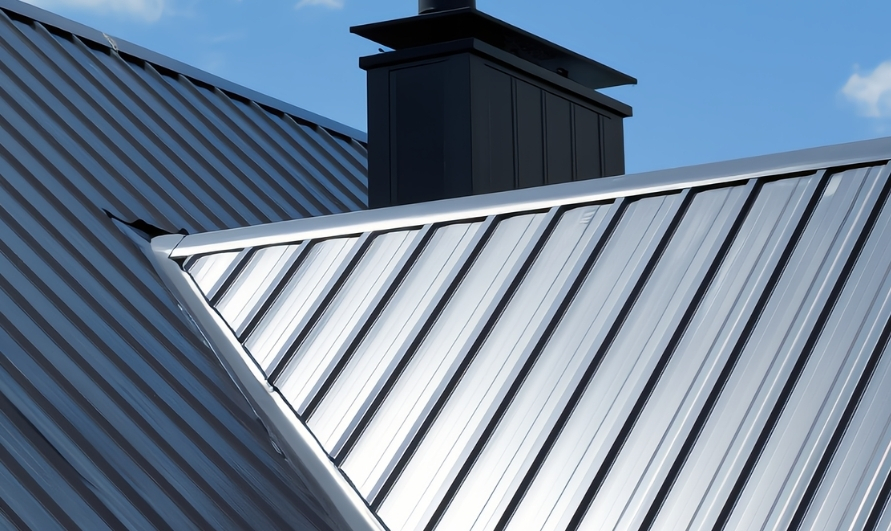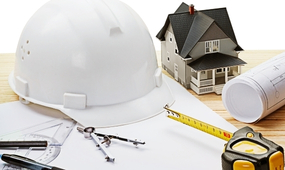
Today, one of the most striking elements of modern architecture is standing seam roofing systems. With their sleek appearance and long-lasting structure, standing seam roofs are widely preferred in both residential and commercial buildings.
So, what exactly is a standing seam roof? What advantages does it offer? How does the installation process work? You’ll find all the answers in our article below.
What Is a Standing Seam Roof?
A standing seam roof is a modern roofing system where metal panels are interlocked without the use of visible screws or fasteners. Instead of traditional screws or caps, the panels are joined using specialized machines, ensuring both leak-proof performance and a cleaner, more refined look.
Advantages of Standing Seam Roofing
1. Leak Resistance & Durability
Thanks to its screw-free design, standing seam systems significantly reduce the risk of water leakage. These roofs are highly resistant to external elements like rain, snow, and wind.
2. Aesthetic Design
With a modern and minimalist appearance, standing seam roofs enhance the visual appeal of contemporary architectural projects. Their variety of colors and shapes allows for easy adaptation to different designs.
3. Long-Lasting Performance
Manufactured using non-corrosive metals like galvanized steel, aluminum, or titanium zinc, these roofs are built to last. With proper maintenance, they can provide up to 30 years of reliable service.
4. Thermal & Acoustic Insulation
When paired with proper insulation materials underneath, they offer effective thermal and sound insulation—leading to improved energy efficiency.
5. Eco-Friendly
Standing seam roofs can be produced from 100% recyclable materials, making them an ideal choice for sustainable building solutions.
Standing Seam Installation Process
-
Base Preparation
The substructure must be level and solid. -
Insulation Layer Installation
Thermal and waterproofing materials are applied. -
Panel Cutting & Placement
Panels are measured and placed according to the project’s specifications. -
Seaming
Panels are joined with special machines to form a seamless surface. -
Detail Work
Chimneys, gutters, and other structural details are completed with care.
Where Are Standing Seam Roofs Used?
-
Villas and private residences
-
Commercial buildings
-
Industrial facilities
-
Restoration projects
-
Modern architectural designs
Conclusion: Safe and Stylish Structures with Standing Seam Roofing
If you’re looking for a roofing system that is both durable and visually appealing, standing seam roofs are the ideal choice. With their easy maintenance, high resistance, and contemporary style, these systems will add lasting value to your property.

